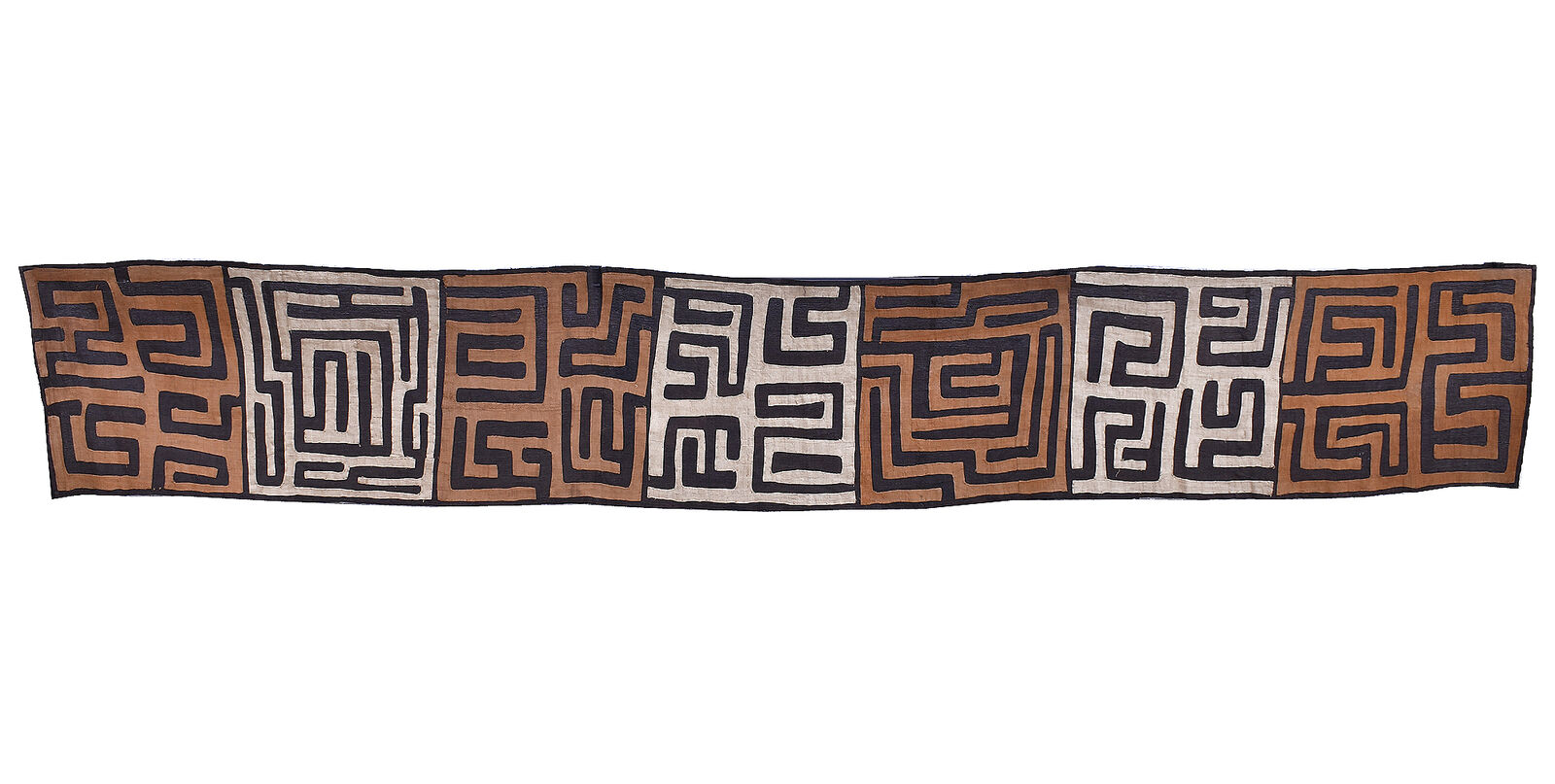-40%
Antique Zulu Ndebele African Hand Made Beaded Wedding Apron
$ 871.2
- Description
- Size Guide
Description
Antique African Artifact from the Zulu Ndebele South African Tribe. This is a Antique c19th Century Late c1800's Zulu Ndebele Hand Made Beaded w/Sheep Hide Leather backing Wedding Apron. This is mounted on a glass front oak framed setting for display purposes but will be removed from the framing for shipping. It also comes with "Certificate of Authenticity" which is attached to verso that will come with item when removed from frame. The hide has stiffened some because of age. The bead work is in EXCELLENT CONDITION! MEASURES: Framed- 37" x 29" - Unframed- 23" x 16". PLEASE WAIT FOR INVOICE!--------------------------The Ndebele are Nguni-speaking people who were dispersed during the Zulu wars and came to live among Sotho-speaking people. They responded to this by developing creative and distinctive decoration in their house designs and beadwork.Aprons and capes were traditionally made of sheepskins decorated with white beads. As the variety of colours of beads and their availability increased in the earlier part of the twentieth century, more beads were sewn onto garments. During the 1970s colours in beads changed to include green, blue, purple, brown and black against a white beaded background. More recently, braided trimmings and coloured plastic are sewn or glued to the edges of the apron.
Beadwork is made and worn by women to denote their life cycle from puberty to adult and married status. A young girl would wear a ghabi, a beaded panel above a fringed apron followed by a pepetu, a larger version at puberty. Made by the girl's mother, it would be worn on her coming-out day together with other beaded ornaments. Upon marriage the jocolo is worn and is later worn on special occasions. In addition to this the bride also wears a sheepskin cape attached to the shoulders of which are two long strips, nyoga, of white beads and other beaded ornaments. A small basket, a beer gourd decorated in white beads, a wedding stick and a fertility doll are carried by the bride who remains under a cloak until all the wedding ceremonies are completed. After a few months the bride wears a mapoto, a larger rectangular apron.---------




















